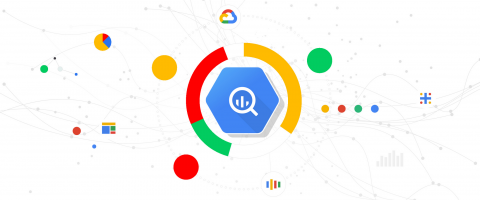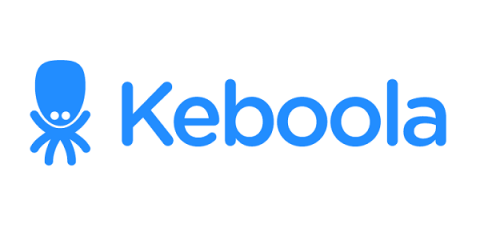Analytics
Qlik Snippets - The Cognitive Engine
Introducing Talend Data Catalog: Creating a Single Source of Trust
Talend Fall ’18 is here! We’ve released a big update to the Talend platform this time around including support for APIs, as well as new big data and serverless capabilities. You will see blogs from my colleagues to highlight those major new product and features introductions. On my side, I’ve been working passionately to introduce Talend Data Catalog, which I believe has the potential to change the way data is consumed and managed within our enterprise.
Talend Fall '18 Enables Enterprises to Deliver Insight-Ready Data at Scale
Redwood City, CA and London - October 16, 2018 - Talend (NASDAQ: TLND), a global leader in cloud data integration solutions, today announced a major update to Talend Data Fabric, the company’s unified data platform for data integration across complex, multi-cloud and on-premises environments.
The Predictive Analytics Journey
Times are tough – adversity is hitting our public sector and healthcare agencies from every angle. Budgets and resources are stretched beyond breaking point with many agencies facing multi-million real-term cuts. Combine this with an increase in complex demand, heightened public scrutiny and a continued expectation of improvement; something must change.
Astrazeneca: Building the Data Platform of the Future
AstraZeneca plc is a global, science-led biopharmaceutical company that is the world’s seventh-largest pharmaceutical business, with operations in more than 100 countries. The company focuses on the discovery, development, and commercialization of prescription medicines, which are used by millions of patients worldwide.
Your Guide to Governed Data Discovery Best Practices
What's happening in BigQuery: a new ingest format, data type updates, ML, and query scheduling
This month we released several new features in beta, including query scheduling, new BigQuery ML models and functions, and geospatial types and queries. We also released the ORC ingest format into GA. Let’s take a closer look at these features and what they might mean for you.
Find the Right Music: Analyzing last.fm data sentiment with Keboola + Tableau
As we covered in our recent NLP blog, there are a lot of cool use cases for text / sentiment analysis. One recent instance we found really interesting came out of our May presentation at SeaTUG (Seattle Tableau User Group.)
Please hold, your call is important
We’ve recently experienced two fairly large system problems that have affected approximately 35% of our clients. The first issue took 50 minutes to resolve and the other approximately 10 hours. The root cause in both cases was the way we handled the provisioning of adhoc sandboxes on top of our SnowflakeDB (a few words about “how we started w/ them”).







